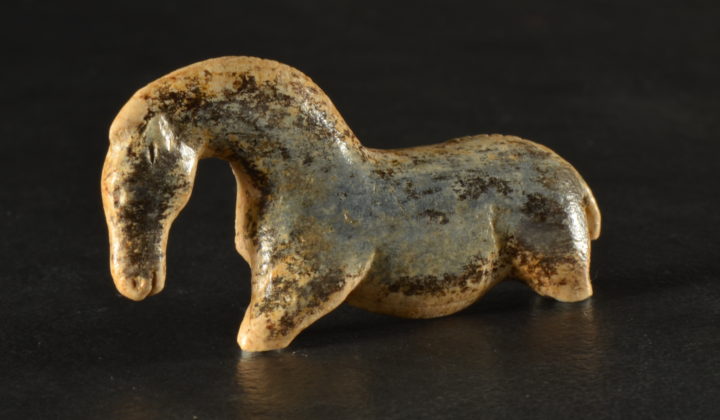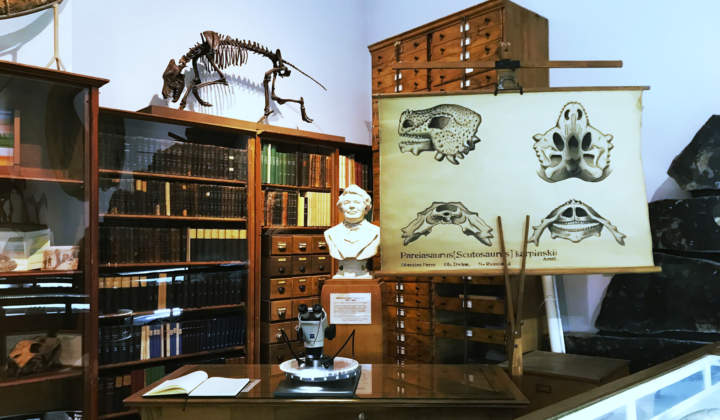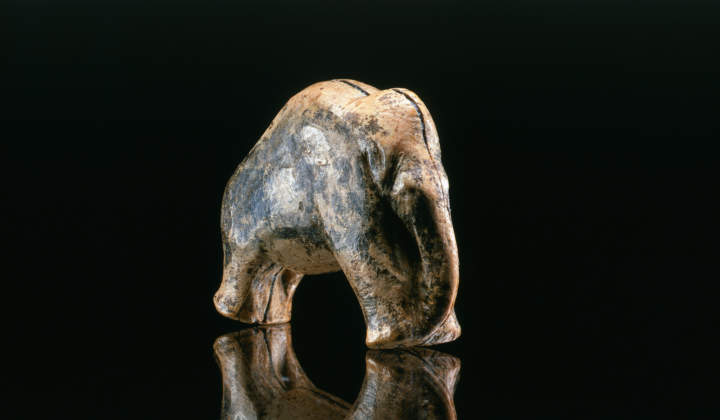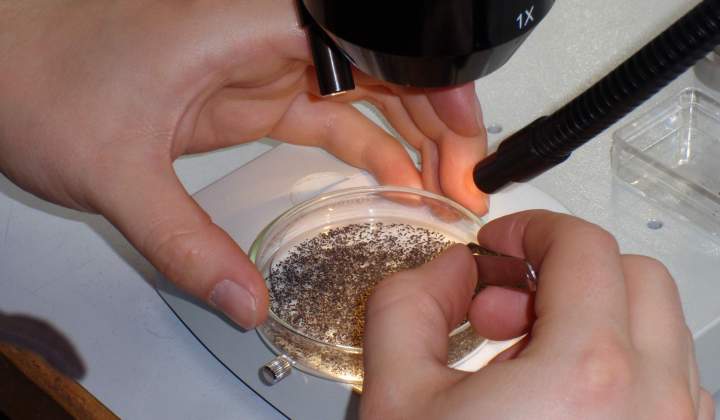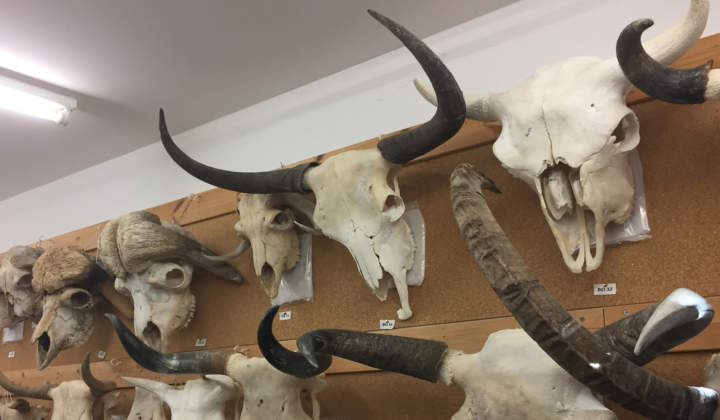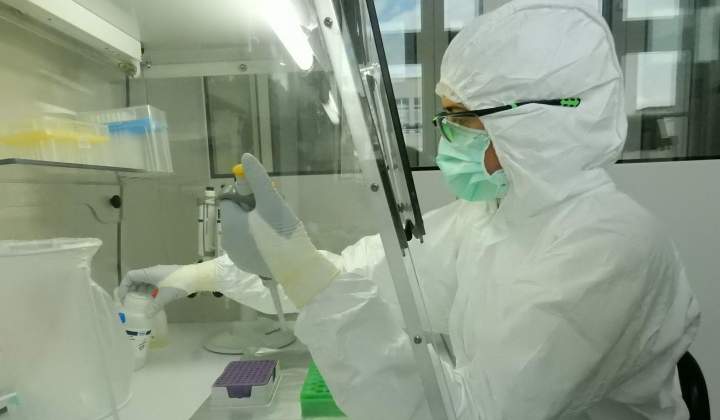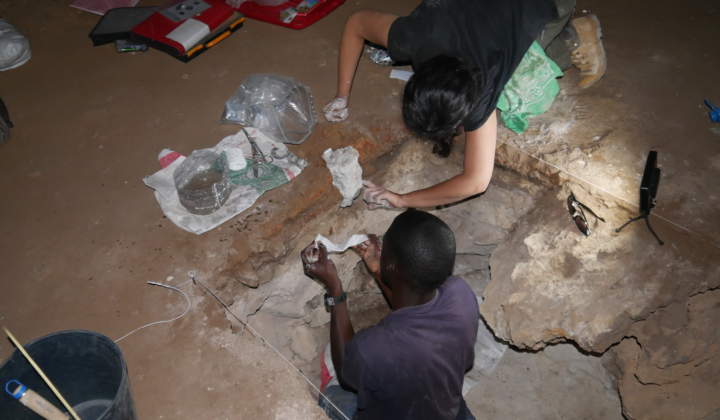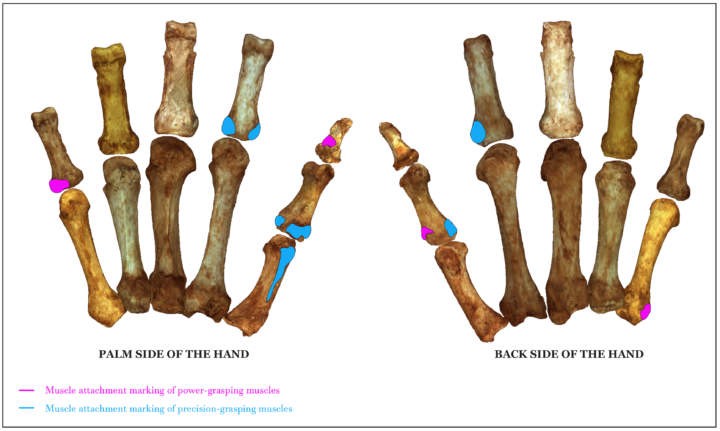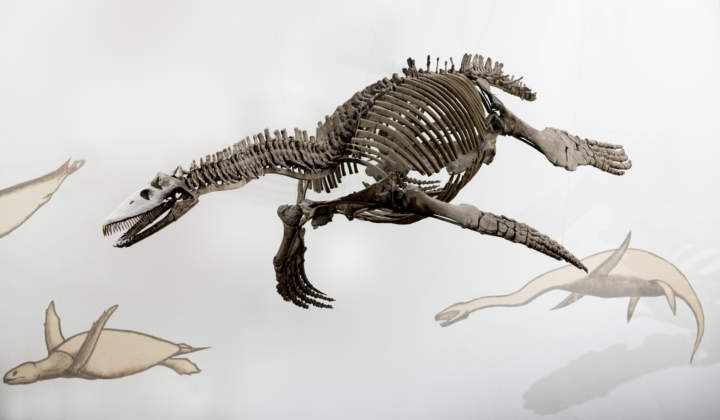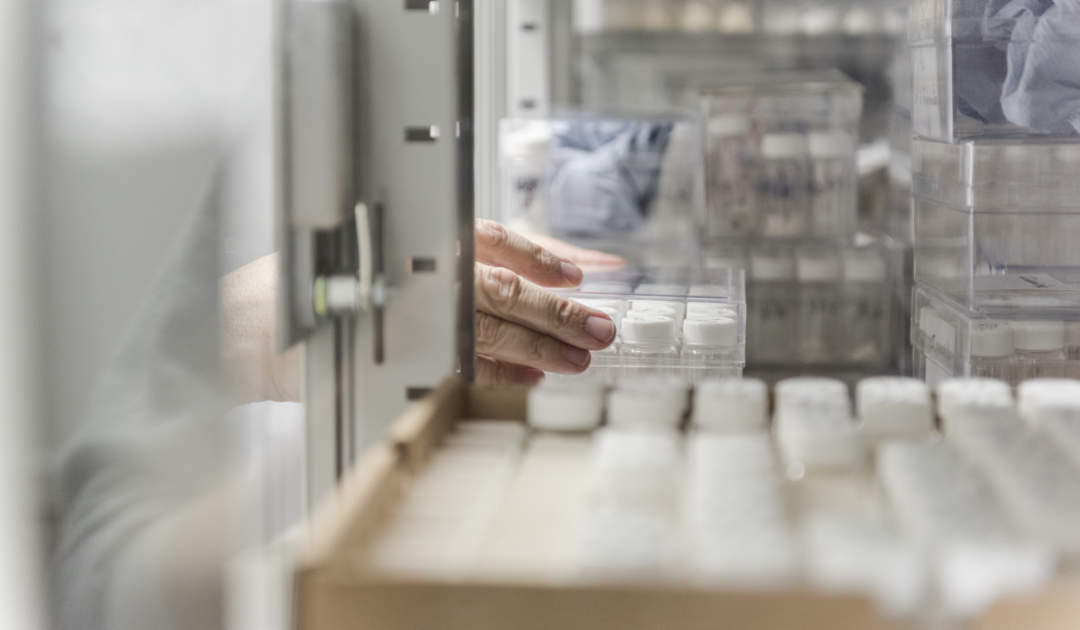
Research and Collection
Our working group understands biogeology in the sense of investigating biological questions in the framework of geological times. The focus is on biological processes and how organisms lived in the past, within the context of a long time-scale perspective.
We aim to understand how organisms adapted in response to environmental changes, either abiotic (climate change) or biotic (species extinction, invasion, or evolution) and conversely how organisms influenced the environment around them (biotic and abiotic aspects). We are not only interested in the life history of specific organisms (autecology) but also in the way organisms interacted (synecology).
Our research covers a wide range of geological time periods, dating as far back as the Jurassic, but with a special focus on hominid relevant time periods, i.e. the Miocene to the Anthropocene (~23 Ma-present). The focus is essentially on terrestrial ecosystems, with projects all across the globe.
Our main investigative approach is isotopic tracking within the organic and mineral fractions of ancient skeletal remains (bones and teeth) of both hominids and terrestrial animals. This methodological tool provides us with information about interactions between animals and hominids, particularly relating to diet, landscape, and ecosystem utilization. We look at animals, many now extinct, including the woolly mammoth, woolly rhinoceros, giant deer, cave lion, cave bear, Neanderthal, as well as ancient modern humans in order to determine specific paleo-ecological information. One particular focus of our research is understanding changes of past biodiversity related to environmental change, natural or caused by hominids, especially the processes that lead to species extinctions and their ecological consequences, in order to provide useful insights for the preservation of future biodiversity.
Isotopic ratio mass spectrometry (IRMS) measures the variations of isotopic abundances in samples by separating and quantifying the number of heavy and light isotopes of a given element. By using IRMS of elements such as carbon, nitrogen, oxygen, sulfur, and deuterium in different biogenic fractions of ancient bones and teeth (collagen, amino acids, carbonates, etc.), an “isotopic signature” for a sample can be measured. This is because all living things (plants and animals) are made up of atoms, which are taken up from food, water, and air, and are eventually deposited in an organism’s cells. The unique composition of these atoms somewhat reflects the natural surroundings of an organism or more particularly its diet. Therefore, IRMS helps us to reconstruct paleo-environmental information such as dietary preference (e.g. terrestrial carnivory, omnivory, herbivory, or aquatic based diet), environmental niche and ecological interactions.
